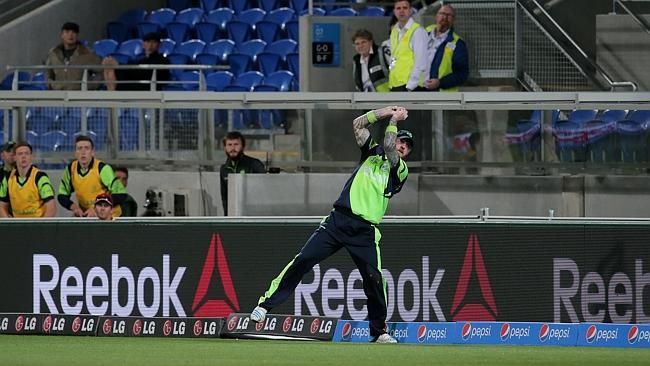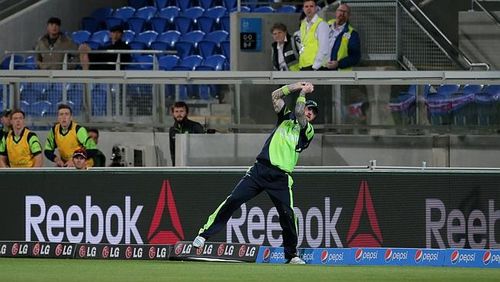
LED boundary ropes: Possible innovation in cricket

Cricket is perhaps one of the most technology infested game. TV replays and the third umpire have now long since become absolute requirements. But technology has only evolved, and for the better of the game. The Hawk Eye, the Hotspot, the Snicko have been useful technologies to ensure fair play. Not to forget the stump microphone which gives us juicy insights as to what exactly is going on in the middle.
Technology does not play dice – use of it thus ensures impartial results. Whenever on-field umpires have an ounce of doubt they always have the safe option of going upstairs, also providing a breather to the players.
Even the cricket viewing experience has been advanced for the TV audience. The pictures from the Spider Cam, the ultra slow motion shots are often breath taking in their minute details.
The precision of the speed guns (to measure the bowler’s pace) and the six distance calculator are always on the spot as well. The pre-match shows continue to provide more and more detailed technical knowledge of the gentleman’s game to the average cricket fan.
Introduction of LED stumps
One of the most innovative and useful introductions to cricket has been the LED stumps. The whole scenario of pin pointing the exact moment when the bails come off during a crunch run out or stumping has been revolutionized by this brilliant invention of Bronte EcKermann.
The whole system works flawlessly and has been well received by cricketers, match officials and audiences alike. Every time Dhoni takes off the bails in a swift motion to stump the batsmen, the audience waits in anticipation for the moment in the replayed video when the bails come off, and hope that the batsman’s leg is not landing behind the crease.
Technology is fairly costly though. The entire set of equipment used during a match costs US$ 40,000 (Rs 25 lakh approx). So it was natural that MS Dhoni was denied taking the wicket after an impressive victory. But thankfully we now have absolute accuracy for run outs and stumping decision. The scope for ambiguity has been ruled out.
The Mooney catch
In light of the recent incident which had a considerable part to play in Zimbabwe’s ouster from the World Cup, here’s a consideration – Why don’t we apply this setup to the boundary ropes as well?
Sometimes in crunch situations, the whole match can boil down to a controversial save or catch on the boundary. And sometimes, even from multiple angles and zoomed-in frames it is hard to judge if the fielder has managed to pull the ball in the nick of time.
In the Ireland-Zimbabwe match, the well-set Sean Williams was dismissed by a catch taken on the boundary by the Irish John Mooney. If Williams had been there for a couple of overs more, one can say for sure that the outcome of the game could have been significantly different.
Yes, the third umpire was called in. He did take a long look at the replays from multiple angles. It was a touch-and-go moment, it could have gone either way. The Zimbabwean was adjudged out. In this case, Williams not deciding to hang around and walking off did make the decision a wee bit easier for the third umpire.
A furious Dav Whatmore could be seen shouting from the pavilion in anger however.
Let us hope that the LED technology becomes more evolved and cheaper with time so that it can be applied to the boundary rope as well. If technology is indeed used to monitor cricket matches, why not make it foolproof.